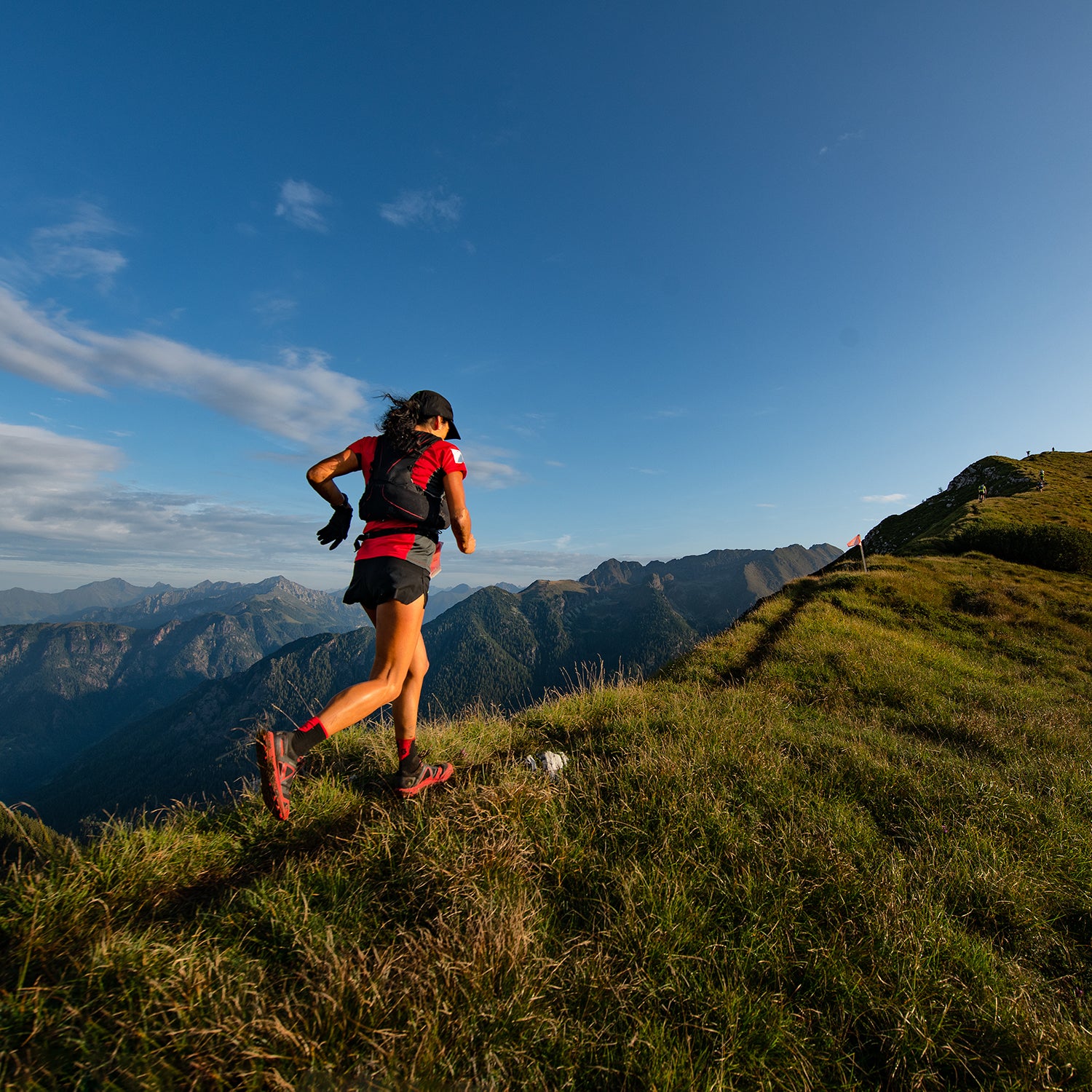Nobody ever changes a strongly held opinion because of a single study. It’s too easy to find potential flaws in any given set of results: they tested the wrong people, or used the wrong protocol, or simply got a fluke result. This isn’t necessarily a bad thing. You ����dzܱ����’t discard all your previous opinions every time you read a new study. But it raises a question that’s worth asking yourself now and then with regard to controversial topics: What level of evidence would it take to convince you to change your mind?
That’s the implicit question underlying a on the long-standing controversy about whether low-carb, high-fat (LCHF) diets enhance endurance performance. Back in 2017, a team led by Louise Burke at the Australian Institute of Sport published suggesting that three and a half weeks of an LCHF diet consisting of at least 75 percent fat and less than 50 grams a day of carbohydrates (the equivalent of two bananas) turned elite racewalkers into fat-burning machines but so that their overall race performance suffered. The results put Burke at the epicenter of a maelstrom of controversy—so she and her colleagues doubled down and repeated the whole study, calling their effort Supernova 2.
The basic theory behind LCHF (also known as ketogenic) diets for athletes is fairly straightforward. We all carry around plenty of energy in the form of fat stores, but we generally can’t burn it quickly enough to fully fuel anything more intense than a mild jog. If you adapt to an LCHF diet, you can double or even triple your maximum rate of fat burning. In theory that might allow you to fuel long-distance events mostly with fat, reducing the need to cram in carbohydrates during the event and eliminating the risk of bonking.
One thing everyone agrees on is that going LCHF will indeed ramp up your fat-burning ability. Beyond that, there are lots of different bones of contention. For example, some studies suggest that the improved fat burning comes at the direct expense of carbohydrate burning, which means you lose some of your ability to summon quick bursts of energy for climbing hills and covering surges. But the objection raised by Burke’s study is more fundamental: in exchange for access to the bottomless pit of fat stores, you become less efficient. That means you require more oxygen to produce a given level of muscular output. If you’re exercising so intensely that you’re out of breath, increasing your oxygen consumption is bad news.
But that only matters if you actually believe Burke’s results. In the new paper (which is free to read online), she devotes an entire page and a half to a table summarizing criticisms of the original Supernova study that appeared in peer-reviewed literature and even on social media, along with the adjustments they made in response. For example, the original study was split into two separate training camps at different times, raising the possibility that conditions weren’t the same for everyone. This time they brought in 28 athletes—a larger sample size—to a single camp, where everyone went through the same protocols at once. Also, they added a final race two and a half weeks after the end of the test diet to check whether there was a delayed benefit to training on an LCHF diet before returning to a high-carb diet.
The design of the new study is fairly intricate, but the results are simple to summarize: they’re pretty much identical to last time. The racewalkers on the LCHF diet got way better at getting energy from fat, more than doubling their fat-burning rate at typical race speeds. But they also got less efficient—they consumed an additional 7.1 percent of oxygen at their approximate 20K race speed and an additional 6.2 percent at their 50K race speed. Is that a big deal? Well, the infamous Nike Vaporfly 4% shoes were so named because they reduced oxygen consumption by 4 percent on average. And in both a 10K race immediately following the experimental diet and a 20K race two and a half weeks later, the high-carb group got faster while the LCHF group got slower.
As before, there are still some loopholes and caveats. The efficiency penalty may be less pronounced at lower intensities, making it more suitable for ultradistance races. Some people may not even care about small changes in efficiency if they’re able to become less dependent on constantly stuffing in carbs throughout a long race. And some people don’t care about race performance at all and stick with LCHF diets for other reasons. But for the population studied here, who race all out for four hours or less and care about every second, it’s getting harder and harder to escape the conclusion that an LCHF diet is (at best) not an improvement on conventional mixed diets.
From a methodological point of view, of course, a scientist replicating her own study isn’t as convincing as a totally different group reaching the same conclusions. But here’s where we come back to the question at the top: How much evidence does Burke need to provide to change minds? And at what point does the onus shift to those who disagree with her? After the original Supernova study, the Journal of Physiology published enumerating all the possible ways Burke’s conclusion might have been incorrect. What struck me was how many coulds and mays and it is possibles it contained. It may be, for example, that it takes longer than three weeks to reap the full “immune, neurological, microbiome and hormonal effects” of LCHF diets. Burke’s results can’t disprove this idea, but to my knowledge, no one has presented any evidence that proves it, either.
It’s been nearly a decade since I started reading (and writing) articles about the theoretical endurance benefits of LCHF diets. During that time, I’ve certainly spoken to lots of people who swear by this approach. I think it’s a cool idea and theoretically plausible. And I understand that studying these things properly is a huge endeavor. But given the now replicated Supernova findings, I have to let data override hypotheses. The most convincing way to refute Burke’s results isn’t to list all the things she might have done wrong; it’s to do it right, demonstrate the performance benefits, and publish the results. Better yet, do it twice.
For more Sweat Science, join me on and , sign up for the , and check out my book .


